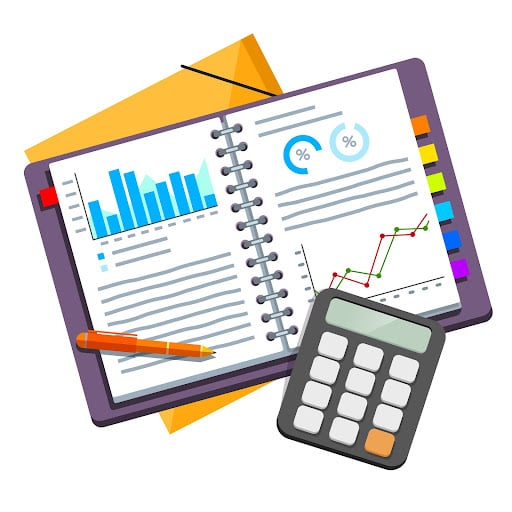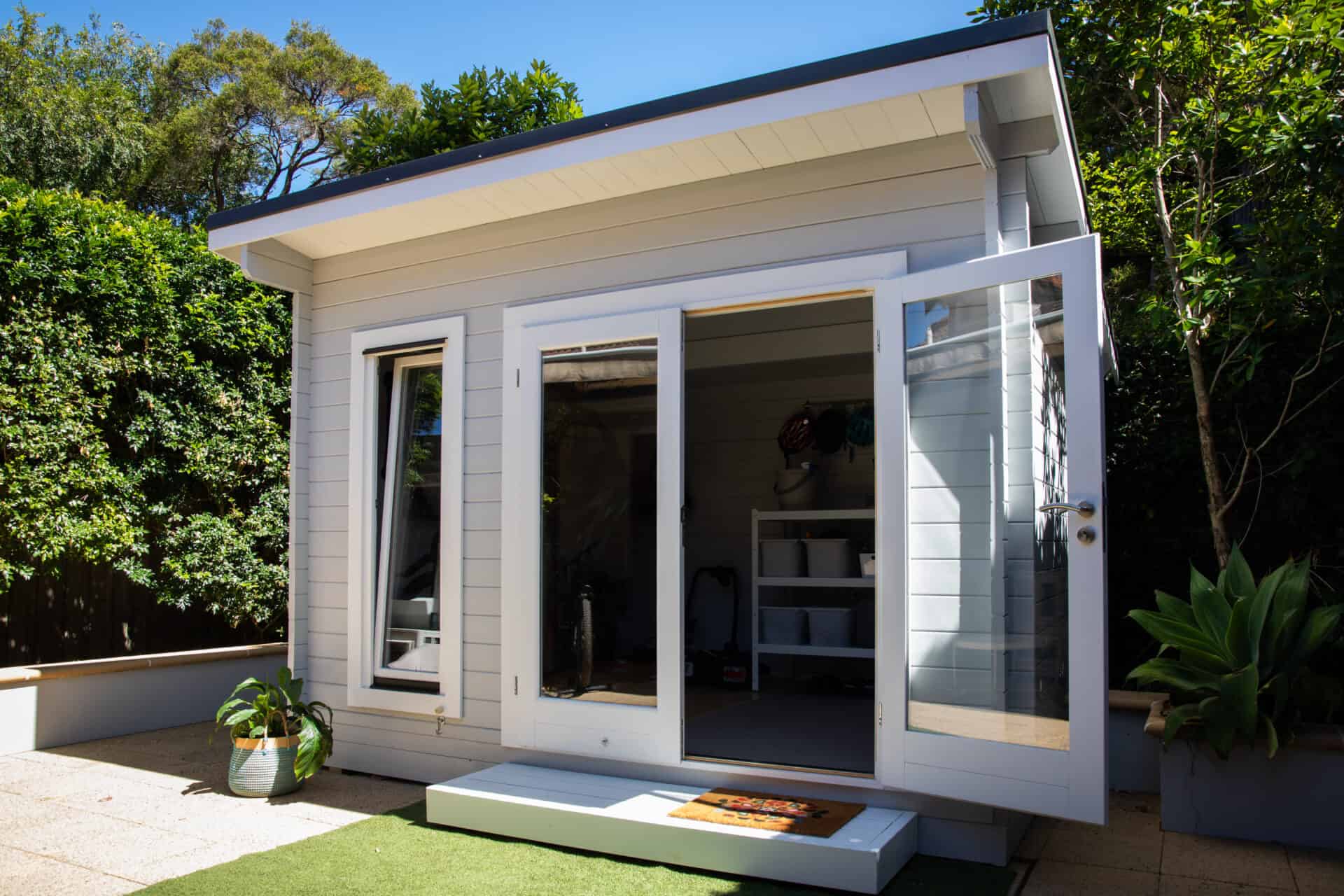As you own and utilise assets in your business, they will naturally experience ‘wear and tear’. Depreciation is an invaluable financial tool that recognises this decline on your balance sheet, dispersing a fixed asset’s cost over its anticipated lifespan. Depreciation assists modern businesses in recognising expenses and related income, creating a more precise representation of their profitability.
Even though a variety of depreciation methods adhere to the Generally Accepted Accounting Principles (GAAP), the straight-line depreciation method stands out as the most widely employed, given its simplicity and ease in determining an asset’s depreciation over its useful life.
This article delves deep into straight-line depreciation, breaking down its workings, advantages, and potential drawbacks. Whether you’re a business leader curious about financial concepts or a property owner planning for the long term, consider this your go-to guide.
What is Straight Line Depreciation?
Straight-line depreciation is a straightforward method that allows companies to gradually reduce the reported value of their fixed assets—buildings, machinery, and equipment—consistently over the asset’s useful life.
When straight-line depreciation accountants utilise this method, they opt for a sound approach that is effective for assets that age and lose value over time. The concept allows you to spread an asset’s expense evenly over its ‘useful life’.
It requires three elements for computation:
- Initial cost: The purchase price for the asset, including other associated costs, such as transportation, installation, and modifications required to make it functional.
- Resale or disposal value: A projected value indicating the potential financial return upon selling or discarding the asset when it’s no longer in service. Many organisations put this value at nil if they lack a more precise assumption. Alternatively, you can apply previous experiences or guidelines from the resale marketplace.
- Service lifespan: Another assumption indicating how many years the asset is projected to be in use. The expected lifespan often differs from the actual physical lifespan; it represents the period during which the asset can perform its designated function as expected. Sometimes, equipment may still be physically functioning. However, increased maintenance costs or a decline in operational efficiency can shorten the service lifespan.
You must also consider the ‘depreciable base’, which is the differential between the starting price of the asset and its eventual salvage value.
Depreciation aligns costs with revenues, providing a more precise view of a firm’s total profitability. In particular, the straight-line depreciation method ensures consistent, regular depreciation charges, making it simpler to plan budgets and anticipate financial trends.
Plus, with its predictable charges, it aids in assessing operational profitability and cash flow, given their easy identification and exclusion.
Calculating Depreciation: The Straight Line Depreciation Formula
So, how do you calculate straight-line depreciation?
There is no dedicated straight-line depreciation rate. Instead, the annual depreciation expense is calculated by dividing this ‘depreciable base’ by the projected number of years the asset will be in use.
Annual depreciation expense = (cost – salvage value) / useful life
This value is consistently subtracted in each accounting period, reducing the asset’s book value until it aligns with the estimated salvage value. When you calculate straight-line depreciation, you can also divide the annual depreciation expense by twelve to calculate the monthly depreciation expense.
Your accountant will record this entry on the income statement as an expense to reduce net income. Accumulated depreciation, however, is recorded in a contra-asset account as a credit, reducing the value of fixed assets. A dedicated accumulated depreciation expense account lets you see the total figure over time.
It ensures your financial records accurately reflect the diminishing value of your assets, aids in your budgeting efforts, and plays a crucial role in your business’s financial health and transparency.
This method ensures that the depreciation is evenly spread out, resulting in a stable and predictable annual charge. It’s a practical choice, requiring less calculation, less administrative work, and fewer chances for error when compiling a tax depreciation schedule.
Applying Straight Line Depreciation: When is the Right Time?
Bookkeepers, accountants and business owners often prefer the straight-line depreciation method as it aligns seamlessly with the characteristics of the particular fixed asset, especially when an asset’s depreciation is primarily due to time-lapse.
Common examples of such fixed assets are furniture and fixtures, which depreciate with time. Also, straight-line depreciation is applicable when an asset like a warehouse has steady economic usefulness over its life.
Furthermore, if the earnings produced by the fixed asset remain steady over its useful tenure, then the straight-line method is a sound choice, such as with a building owned for leasing purposes by a property owner.
Advantages and Disadvantages of Straight-Line Depreciation
Pros:
- The method’s simplicity and consistent application make it an attractive choice for depreciation.
- It applies to a wide range of fixed assets, particularly when their diminishing value is attributed to elapsing time.
- The straightforward amortisation schedules offered by straight-line depreciation minimise the complexity of administrative paperwork.
Cons:
- Depreciation of certain assets may be more accurately calculated based on factors such as output, input, or utilisation.
- Certain assets, such as technological devices and vehicles, may undergo faster obsolescence, especially in their initial years of use.
- The assessment of an asset’s useful life and salvage value can vary greatly, leading to subjectivity and discrepancies across different organisations.
Alternative Methods to Calculating Straight-Line Depreciation
Although straight-line depreciation is often what comes to mind when we talk about depreciation, know that it’s not the only method you’ve got at your disposal. A well-informed entrepreneur like yourself has a plethora of methods to choose from, and each one might be more suitable for a particular scenario than straight-line depreciation. Let’s delve briefly into these other methods.
Activity-Based Methods
Activity-based methods value depreciation according to equipment usage. If you own machinery that you only utilise sporadically, this method could provide more accurate results.
Decreasing-Balance Methods
With this approach, the asset’s depreciation is steep at first but softens over time. The Decreasing-Balance method is often preferred when assets lose considerable value in the initial years after purchase.
Units-of-Production Method
Looking for a depreciation method that bases costs on production levels? Units-of-Production could work. It calculates depreciation based on the quantity of goods produced by the asset.
Sum-of-the-Years’-Digits Method
This method provides a depreciation rate, which is the asset’s remaining life, as a fraction of the sum of the years. It results in higher depreciation in the early years and less in subsequent years.
Key Takeaways
- The straight-line depreciation method is easy to calculate, making it less prone to errors. Thus, it reduces the administrative burden.
- This method involves evenly distributing the cost of an asset over its useful life.
- The useful life and salvage value estimates can be subjective and may vary across different companies.
- Knowing when to apply straight-line depreciation is vital. It’s most suitable for assets that don’t experience rapid obsolescence, such as buildings and furniture.
- The method has its pros, such as simplicity and consistency, but also cons, like the inability to account for accelerated depreciation frequently seen in assets like computers and vehicles.
- While straight-line depreciation is widely used, alternative methods include activity-based, decreasing-balance, units-of-production, and sum-of-the-years’-digits methods. These methods might be more suitable for certain assets or business scenarios.
- An accurate assessment and calculation of depreciation are essential. They significantly affect taxes, financial reporting, and shareholder confidence, and inappropriate calculations can lead to penalties.
Learn the Best Way to Calculate the Depreciation on Your Asset
If you want to learn more, speak with our experts at Duo Tax today to get started. We’ll help you determine the depreciation available on your own assets, and what your options include for maximising it all.

Ready to get started?
Talk to one of our friendly property experts to get a free quote or more Information.










